what's it like to do wildlife biology new york city?
q+a with ellen pehek, wildlife biologist and research ecologist retired from nyc parks' natural resources group
prescript:
I had a few book events in the past two weeks that were really awesome—keep your eyes open for a few more this summer. But otherwise, come find me at Marine Park Salt Marsh Nature Center on July 12 at 9am.
I’m co-facilitating Jer Thorp’s Binoculars to Binomials retreat in Santa Marta, Colombia and we have open slots! September 11 to September 16—It’ll be really fun and is very reasonably priced. It’s an immersive experience where we’ll use birding as one of several tools to understand the natural world, with the goal of creating a collaborative data art piece in the style of Jer’s 2017 work ‘In the Map Room.’ Learn more here!!!
Finally: I told you that salamander season was over… and then I was able to chat with wildlife biologist Ellen Pehek who rediscovered the dusky salamander in Manhattan’s Highbridge Park based on a 60-year-old paper by biologist Carl Gans. It was too much fun not to share, so enjoy the first-ever “eyy i’m walkin here” Q+A! And for more context, you can check out my last post.
—
How did you get started?
I had always been interested in salamanders and frogs and I always wanted to be a biologist. As a kid in New Jersey, I had a little nature center in my neighborhood and collected salamanders for my neighbors to see and then return them to the wild. It was a dream of mine to be able to study them, but someone told me that you needed a master’s degree and I thought that would be impossible. So I went through a somewhat circuitous route, but eventually ended up at Rutgers and got my Ph.D there. I studied pine barrens tree frogs.
It was difficult to get a job in the northeast in wildlife biology, especially back then. I worked for the Nature Conservancy for a while in South Jersey, and then did some work with a lot of different threatened and endangered wildlife with New Jersey Fish and Wildlife. And then a friend of mine from graduate school told me that there was an opportunity at NYC Parks’ Natural Resources Group (NRG), an opening for a wildlife biologist, so I jumped at the chance. Luckily they hired me. That was in 1998.
How did you feel doing wildlife biology work in NYC?
People give NYC really short shrift when it comes to wildlife. But no matter where you go there’s wildlife, so even in a city you’re going to find interesting things. We have a great beach-nesting bird population and rare plants that have been eliminated elsewhere like the seabeach amaranth. We have the Atlantic Coast Leopard Frog that was discovered to be a new species—and that was discovered on Staten Island, of all places. I really don’t subscribe to the notion that you have to go to an exotic place to experience nature.
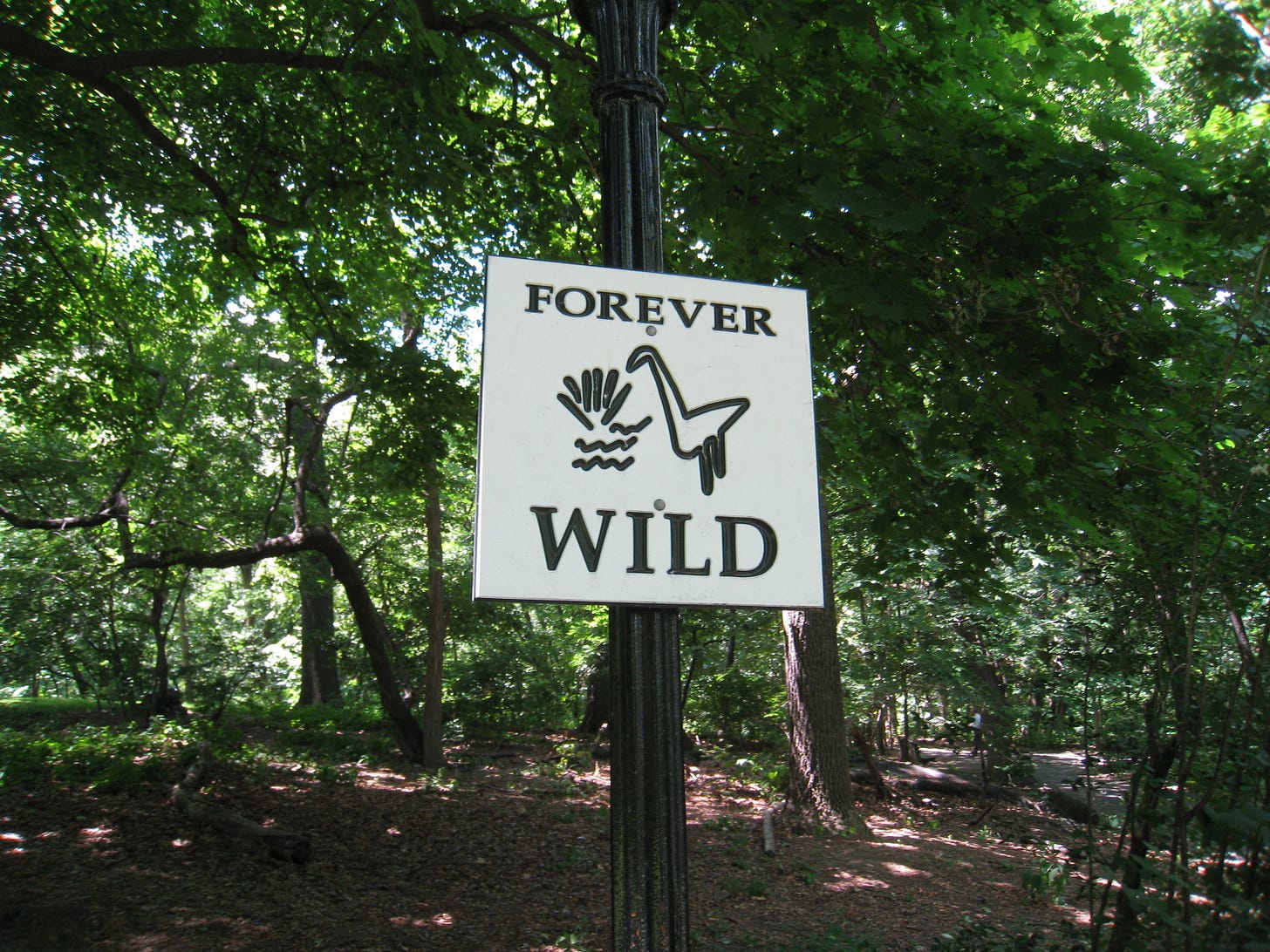
What did you do at the NRG?
One thing I noticed is that there were a lot of reports of what lived in our parks, some hand-written, some typed out, plus people with information in their brains. But there wasn’t a whole lot on the computer and it wasn’t really accessible. There was a botanist Marge Gargiullo who had compiled a huge document on each plant in each park in each location in the city, but no one had done that for the animals. My real desire was to compile all of that information. How are you going to manage land if you don’t know what lives there? Let’s say they want to put ball fields somewhere. How do you give guidance on where to do that and where not to do that?
We were doing a lot of other things, too. New York State had grants to do restorations from the Clean Air Act, Clean Water Act, and Bond Act. so I helped design some of those. I did a lot of monitoring of the forest restorations and wetland restorations to see how the work affected the plants and animals that lived there before and after, and then comparing that to a model community we thought was good. Then there was a lot of work doing environmental review of projects either adjacent to the parks or in parks to make sure that they did as little harm as possible.
What made you go looking for the dusky salamander?
If you’re lost, Ellen references a lot of things I covered in my last post.
When I had the time, I would do literature searches for everything I could find about different animals in the parks. That’s how I found that article by Carl Gans. It was fascinating because when I first started with NRG, one of the first things I heard about Highbridge Park was that the Urban Forestry program was working there and found a bag of human remains. It’s a much better place now, but Highbridge at the time was kind of a no-go zone for a lot of people. And it may be the only place in Manhattan that has this species. If you look at John Kieran’s Natural History of New York City from 1959, he said it was the most common salamander in New York City, but it isn’t anymore. So what happened to the dusky, and was it still there in this very densely developed part of Manhattan? We decided to explore.
We came in from the top at the cross street where Gans repored it. Getting down those rock formations was pretty difficult—it’s very steep. We ended up finding several different subpopulations, maybe in three locations. We always found lots of larvae and big healthy adults. It was just amazing that here we had what is now one of the rarest salamanders in New York City. I worked for NYC Parks for 21 years and we never found the dusky in the other boroughs, it’s only found on Staten Island and at Highbridge Park in Manhattan. Today, one of the populations has kind of winked out but might have moved a bit uptown, and I’m not sure if one is still there. But the third is still there.
How has it held on for so long? I saw your 2013 paper detailing how its isolation was leading to decreased genetic diversity.
You can’t do much about the genetic diversity, really. I mean, on Staten Island you have duskies that are in these seeps that feed into larger streams, so you can see there being dispersal if the larvae get swept into those streams and crawl out into a different seep. But that’s not the case with Highbridge Park. Those waters always went down to the East River—they never went into a bigger stream that the salamanders could have used to disperse. Let’s say that Manhattan had never been colonized and we did a genetic study of the dusky salamanders and the interchange between nearby Inwood Hill Park and Highbridge. I can’t imagine that there would have been much.
The whole idea that low genetic diversity is deleterious isn’t true in every case. Genetically, they were reproducing and we had all life stages. We didn’t see any signs of degeneration, like a bunch of them with deformities. They’ve hung around for all of this time. Gans described them in 1945, but they’ve been there for thousands and thousands of years. This population, without any problems in the habitat, maybe it could survive another 10,000 years. Could a population with more genetic diversity survive longer? We don’t know. You can think about bringing some individuals in from another population, but that’s very risky. For salamanders and most herps, disease is a really big consideration when introducing animals from another population. But in the short term, say a human lifespan, I don’t think the genetic diversity will affect the population that much.
Now, for the one population that winked out, there was some kind of project along the pathways and somehow the storm water got rerouted right over the salamanders. There were some torrential rains and afterward the whole area was covered with trash. The salamanders can handle the trash, but with it comes sediment that smothers their habitat. They need the cracks between the rocks to live in, and that pretty much disappeared in that one section after that. We never figured out exactly how it happened—there wasn’t a huge construction project, someone might have just unclogged a drain pipe. Those are the bigger problems. Really, the way to preserve the salamanders is to preserve the habitat.
The way I feel is that the dusky salamanders are one of the best gems in New York City if you talk about natural phenomena. It’s something we should treasure, because we really just have that one historical location on Manhattan. Combined with the story of Carl Gans and his family of refugees from Germany, it’s just altogether a very fascinating story and I can’t imagine why you wouldn’t want to preserve them.
What have you done since then?
I really sought to make data accessible on what lived in the parks for the purpose of planning and reviewing projects and protecting species. We used a lot of that data to assist the state with wildlife projects, determining the species of greatest conservation need. I worked with a lot of nonprofits like NYC Bird Alliance, and did work Hofstra University and JFK Airport—we worked on terrapins in Queens, found out some really interesting things about their populations and did some protection of nests. I also worked with Jeremy Feinberg on looking for the Atlantic coast leopard frog.
Today, I live out in New Jersey where I grew up and volunteer for the local watershed. I still go out with NYC Bird Alliance and do the Harbor Heron survey every May. I have a route on the North American Breeding Bird Survey I do each June. I’m a little involved in politics, which is not something I love, but it’s essential on the local level. Now one of the big things I’m interested in are hoverflies—also known as syrphid flies or flower flies. A lot of them are bee and wasp mimics and they visit flowers. Many of them are fascinating little creatures—they do some pollination and some of their larvae eat aphids, but they’re really understudied, so I’m spending time identifying them.
Anything else?
When I was with NYC Parks, I had a hard time getting people to engage on these salamanders. But now the Parks Department is stepping up quite a bit more. Recently there was a plan to do a project along the Harlem River Drive and George Washington Bridge where they tried not to impact the salamanders. The people at NRG are doing a really good job and I want to acknowledge that because it’s hard to fight against development and projects like that.
—
postscript:
You may notice that I used proper capitalization for this blog post. It was an accident on account of how I took my notes during my and Ellen’s conversation I but decided to be consistent for this post. Let me know if you like it or don’t like it.
Also, last year I told you about an endangered dragonfly I found on a little island in Michigan. I’m back there now, and as promised, I am spending my time looking for endangered snails. All of the ones I hope to find measure no more than three millimeters and one of them hasn’t been seen here in decades. On top of that, I have no idea how to identify a snail. Wish me luck!




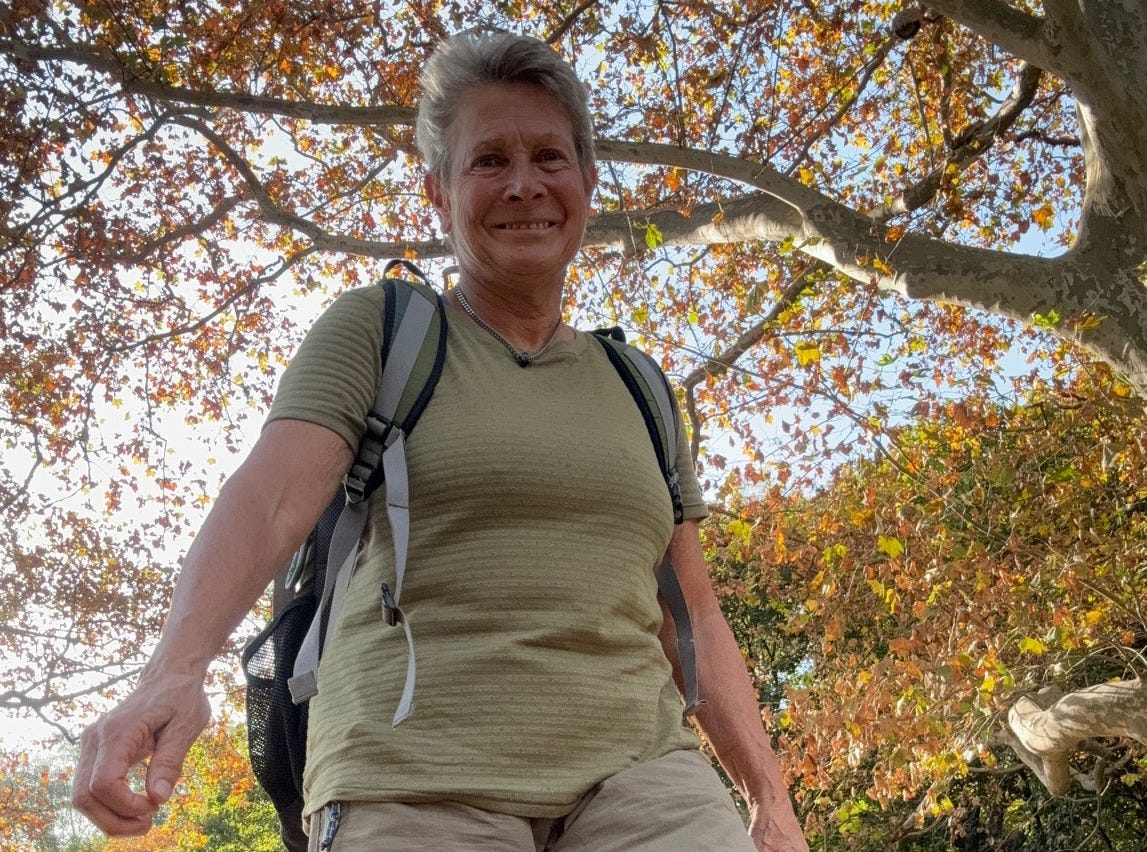
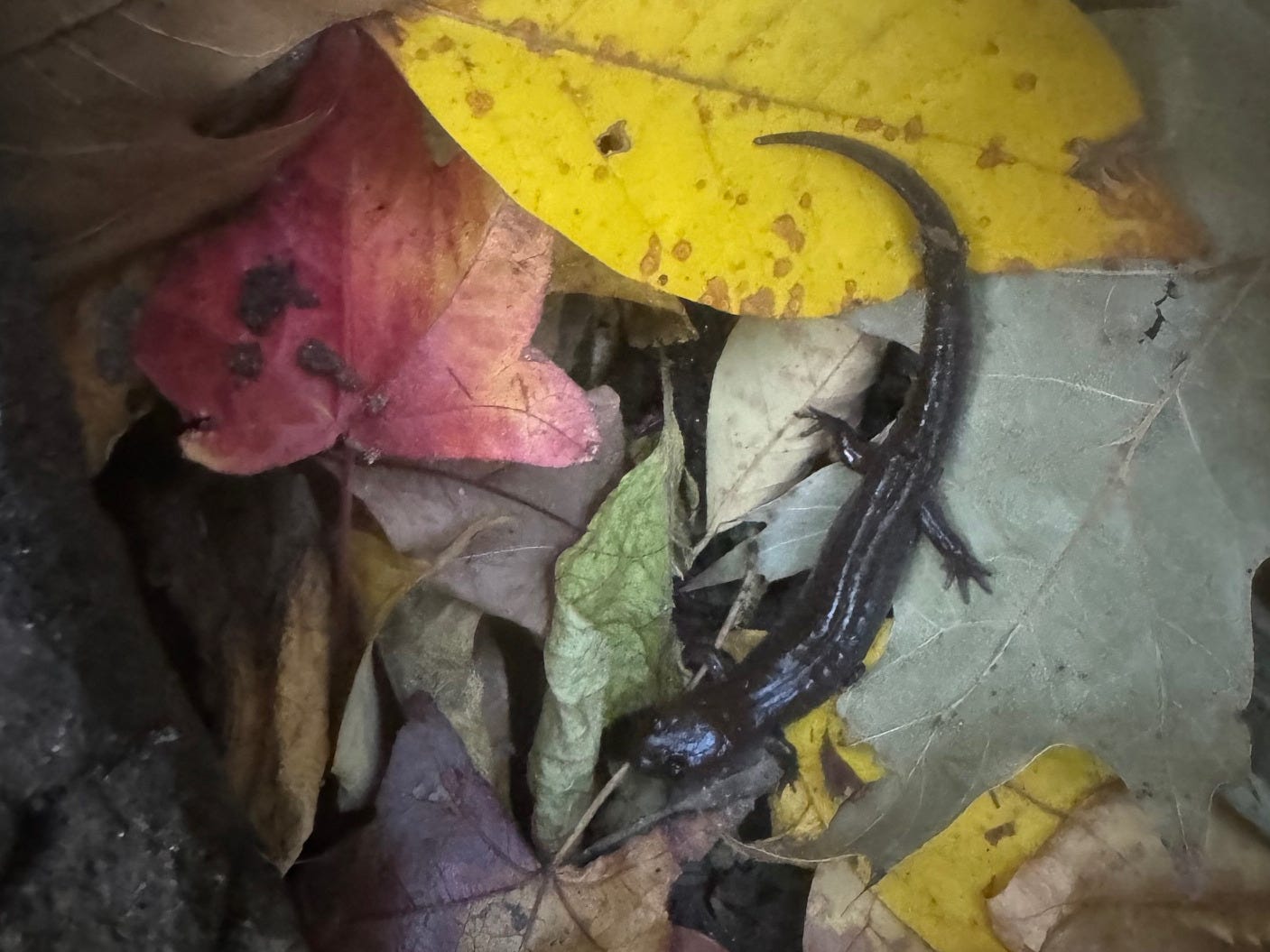
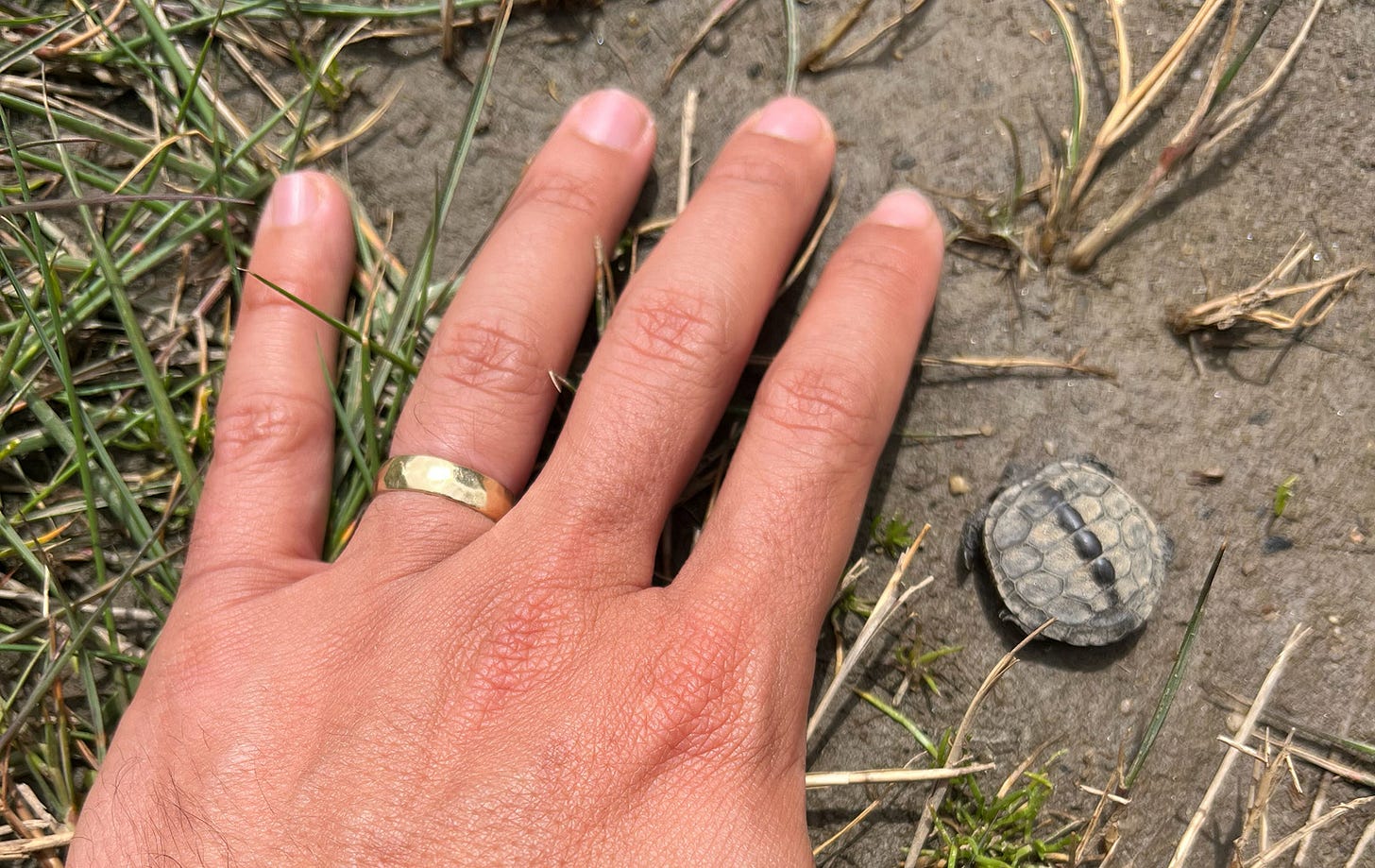
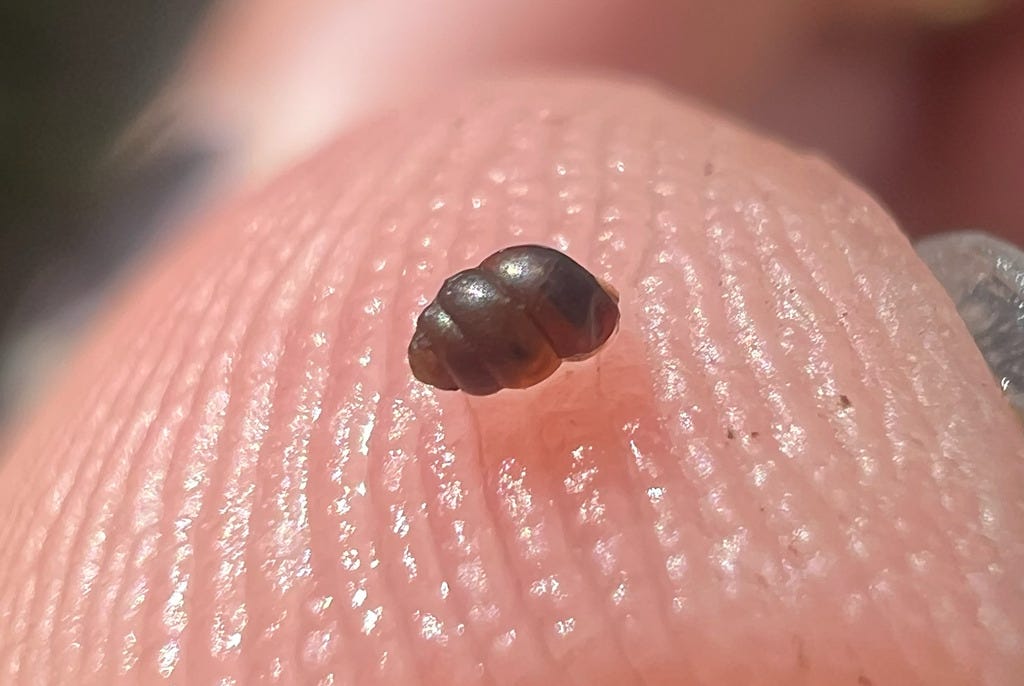
amazing interview Ryan! Brings me back to when I interned with Ellen in 2015
This interview did my heart good. Thank you!